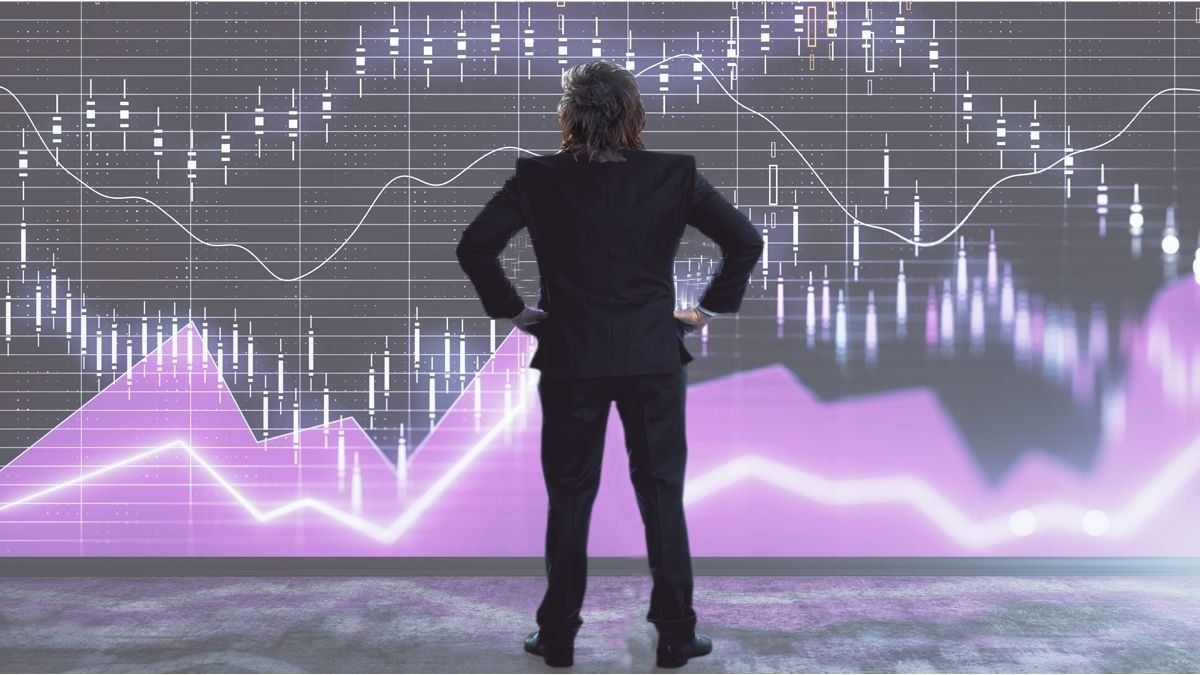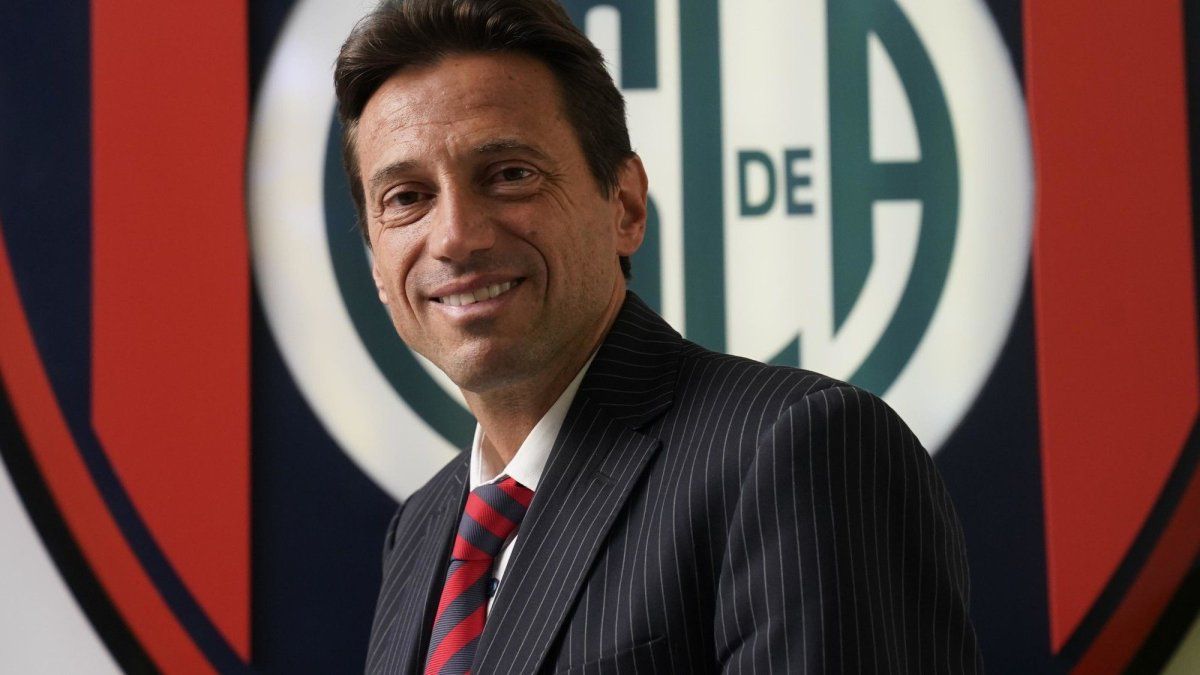Towards the end of the 1990s, Argentina was highlighted as “the best student” of the IMF due to the unconditional liberalization of the economy and the Convertibility Plan. This plan, which established a fixed parity between the peso and the dollarinitially stabilized the economy and reduced inflation, winning the support of the IMF and other multilateral credit organizations. As recognition, In 1999, Menem was invited to an IMF meeting in Washington, where the organization praised his policies and projected him as an example for other developing countries.. This “trial” reflected a collaboration, in which Argentina served as a “success story” at a time when the IMF was facing international criticism for its handling of crises in Southeast Asian countries and Russia. However, this recognition was short-lived due to the recession that hit the country between 1998 and 2001, a product of the extraordinary vulnerability that the model exhibited in the face of exogenous shocks that cut off the flow of capital to emerging countries. During those years, Argentina experienced an economic deterioration that culminated in the 2001 crisis after 16 consecutive quarters of GDP decline and the largest default in history. In 2001 the IMF “let go of the hand” of Domingo Cavallo and assumed a critical stance (which we will expand on later), marking the beginning of a break in the relationship and questioning its own policies applied in the region.
More recently, in the midst of a currency crisis, Mauricio Macri turned to the IMF in 2018obtaining the largest Stand-By agreement in the history of the Fund, for US$57 billion. The IMF praised Argentina’s willingness to implement fiscal adjustments aimed at reducing the deficit, which included a “fiscal anchor” and a “tight monetary policy”. Despite initial praise, the Argentine economy experienced a sharp recession, and the adjustment had a negative impact on consumption and employment, further destabilizing the political and social context.
In 2022during the renegotiation of the debt contracted in 2018, the IMF highlighted the efforts by Alberto Fernandez to reduce the fiscal deficit and control inflation.
These praises from the IMF towards Argentina usually occur in contexts of reforms and adjustments that aim at fiscal and price stability.although long-term results are not always what was expected.
IMF self-criticism
The IMF then made self-criticism about its own role in Argentina at two key moments: after the 2001 crisis and in relation to the loan to Mauricio Macri in 2018.
After the 2001 crisis, the IMF admitted in 2004through its Independent Evaluation Office (OEI), that his support for the convertibility regime in the 90s prolonged an unsustainable policy. The IEO concluded that the IMF prioritized maintaining confidence in the markets over internal economic stability, which exacerbated the crisis.
In 2019, the IMF also reflected on the Stand-By loan granted to Macri in 2018, admitting that its measures failed to stabilize the economy or restore market confidence. The IMF acknowledged that the risks associated with open capital policies were underestimated and criticized the lack of clear warnings about the dangers of rapidly deregulating capital controls. This led to economic instability that the Fund itself considers a failure in its policy design for Argentina.
Both self-criticisms show how the IMF itself has accepted its errors in recommending and supporting policies that, according to subsequent evaluations, aggravated Argentina’s economic difficulties in those periods.
These days, the IMF highlighted the significant progress of the Milei administration in reducing the inflation rate and establishing a very strong fiscal anchor.
HISTORY OF MARKET EUPHORIA
Argentina experienced an episode of financial optimism between 1999 and 2000. This period coincided with the beginning of the government of Fernando de la Rúa, who assumed the presidency in December 1999 with the promise of continuing convertibility, fighting corruption and restoring confidence in the Argentine economy. The market initially reacted with optimismhoping that his government could control the growing fiscal deficit and external debt.
In the first months of his government, The market had a positive reaction, with a rally in ADRs and Argentine bondsas it was hoped that the new administration could restore economic growth. De la Rúa sought the support of international institutions, such as the IMFhoping to secure financial backing that strengthened international reserves and contributed to reducing country risk. In March 2000, the IMF approved a $7.2 billion Stand-By Agreement for Argentina. This measure generated a euphoria in the markets, because it was interpreted as a vote of confidence from the international community.
De la Rúa implemented an austerity plan which included cuts in public spending to reduce the fiscal deficit. Although The measures were unpopular and had negative consequences in terms of recession and unemployment, the markets reacted positively in the short term, since they saw in these policies a commitment to fiscal stability.
Was euphoria in the marketspowered by a classic, “he speculative optimism. Investors increased their exposure to the country, generating a temporary drop in country risk and an increase in the prices of Argentine financial assets. However, that euphoria 1999 and 2000 was unsustainable. The Argentine economy continued to face problems, and the lack of monetary flexibility made it difficult to face the impact of exogenous factors, such as the strengthening of the dollar. The recession intensified, and social pressure weakened governance.
Market optimism quickly faded as the underlying economic problems became evident. The speculative rally episode of 1999-2000 once again reflects how markets can react positively to expectations of change and international support., although these are unsustainable if they are not supported by improvements in the real economy.
Presidency of Mauricio Macri
When Mauricio Macri assumed the presidency in December 2015, his administration was expected to implement a shift away from “populist policies.” During the first years, the aim was to attract investments, reduce the fiscal deficit and open the economy to the international market. One of the most significant movements was to close the litigation with the creditors in default since 2001, known as “holdouts” or “vulture funds”. This agreement, reached in 2016, allowed Argentina to return to the voluntary debt placement markets, after the last time (October 2000). The negotiation was well received by the markets, which caused a considerable drop in country risk and an increase in the price of Argentine bonds.
A set of pro-market policies created a favorable environment and caused a rally in Argentine ADRs and bonds, which at certain times grew at considerable rates, with a significant drop in country risk.. In 2018, the Argentine economy began to show signs of fragility, with an escalation in inflation and a new exchange rate crisis, leading the country to turn to the IMF to obtain financing.
Euphoria in the markets due to expectations in 2023
Argentina experienced another rally in the prices of its bonds and ADRs, with a decrease in country risk. This phenomenon was driven by the expectations of change in economic directiongiven the possibility that a candidate with a pro-market profile will win the elections. Candidates such as Javier Milei and Patricia Bullrich proposed profound changes in economic policies and the Argentine financial system, including the dollarization of the economy. This generated a optimism in the market. The BCRA, with the support of financial agents, carried out operations to control the exchange rate and reduce exchange volatility, in an environment of apparent stability, although under close control that was not sustainable over time.
Although the 2023 euphoria brought temporary relief, it also proved to be fragile and dependent on external factors and promises of dollars that have not yet arrived. The instability of bond prices and the volatility in the exchange rate reflected a delicate economic context, and the drop in country risk was partly a response to speculation of a policy change. This rally, however, had a high speculative component, and the structural conditions of the Argentine economy still remain unresolved, generating uncertainty in the medium and long term. These episodes, although with their particularities, show how expectations of change in Argentina cause temporary euphoria in the financial markets, although they are not always accompanied by sustainable improvements in the real economy.
In short, praise from the IMF and speculative optimism have been a constant in Argentine history. Experience indicates that, without a diversified and competitive economy, these phases of optimism can quickly fade in the face of financial volatility and any exogenous shock. The current situation offers an opportunity to learn from the mistakes of the past and reflect on the strength and duration of this euphoria, beyond the praise of the IMF and the reactions of the markets.
Director of Esperanza Foundation. https://fundacionesperanza.com.ar/ UBA Postgraduate Professor and Master’s Degrees at private universities. Master in International Economic Policy, Doctor in Political Science, author of 6 books
Source: Ambito




